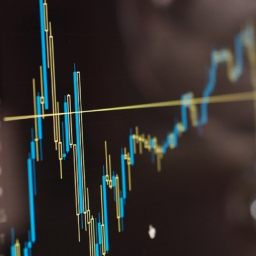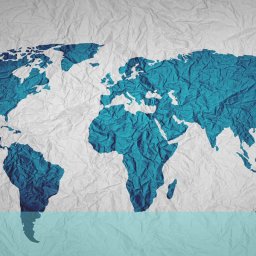
Making use of videos from user testing in a foreign Language
One of the key deliverables from user testing is the picture in picture videos that capture the participant and screen interactions during the study session. But what do you do if they moderator and participant are both speaking in a foreign language? This happens quite a bit in projects we run so here is how we get around it.
Generally in the situation where you are viewing user testing in a research facility in a different country and a different language we would provide a translator to relate what is being said in the research room in real time – this is simultaneous translation. This is crucial (if you don’t want to spend more money having the video overdubbed) because it is the commentary you need to add to the videos that are being captured. And there are a couple of ways of doing this.
The video captured will include the audio feed with the moderator and participant. You want to keep this just in case you need to refer to it later and hear what was actually said. Translators are good but they can struggle to keep up and so some of the finer points and nuances may be lost. If you think you might need to check what was actually said later, save the video as a different version or project in your video editing software.
Most video editing software will allow you to remove the audio and replace it with another, although I recommend adding the new audio file before removing the old. Even the basic windows movie maker will allow you to do this and so it is a relatively simple job to add the audio file from the translator. However, video is a bit difficult to work with and so you may find your pc crashes if it isn’t powerful enough so I recommend using the most powerful machine you have at your disposal.
The challenge now is time stamping. You need to make sure that the audio file you have added is in sync with the user testing video. Given they are in different languages, if you have left the original in that is, you may well not know how to sync it. This is where a shutter board can help – like the use in the movies. Create a count down and trigger sound in the research room each time a session begins and this will be picked up on all audio sources. You can then use this to synchronise the audio to the video. Simples!
If you are interested in learning more about international user testing or are entering a new market and want to know what you are launching works for the local consumers please contact us on +44(0)800 0246 247, or email hello@ux247.com or contact us.

















